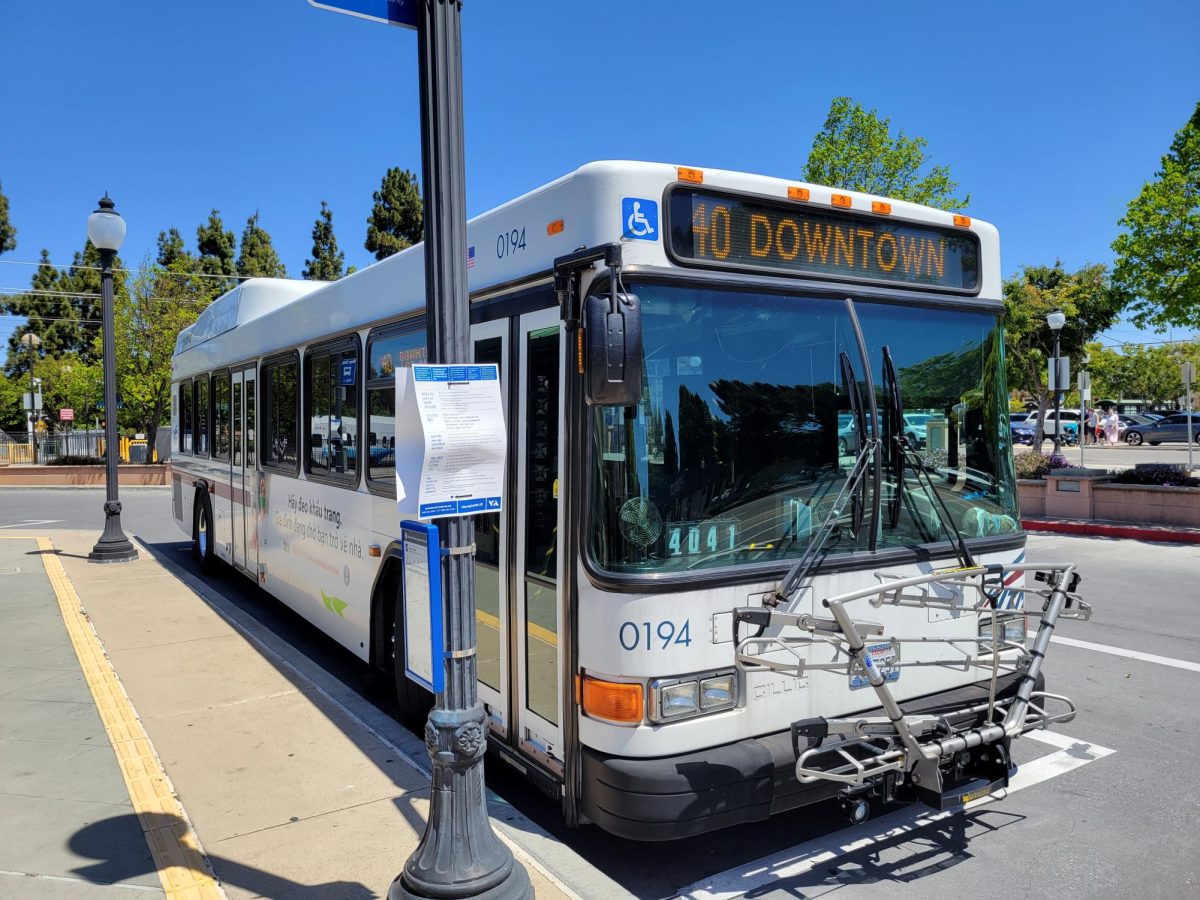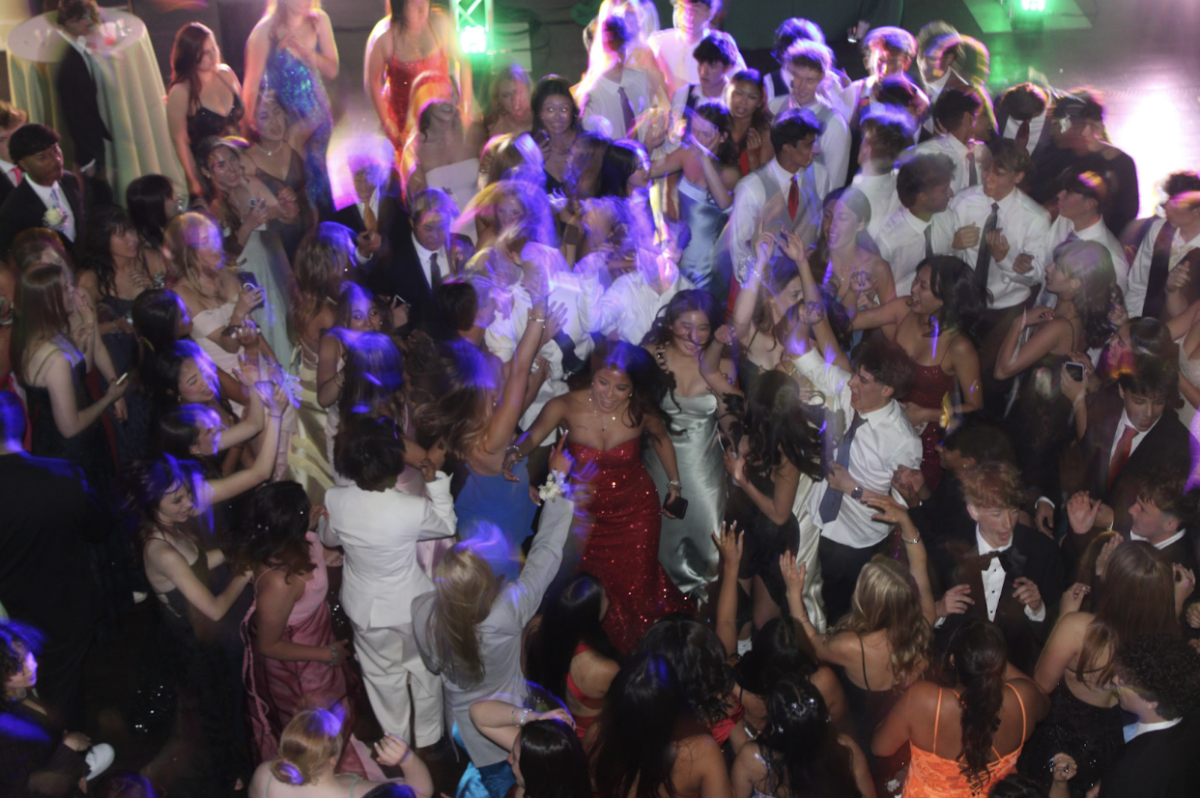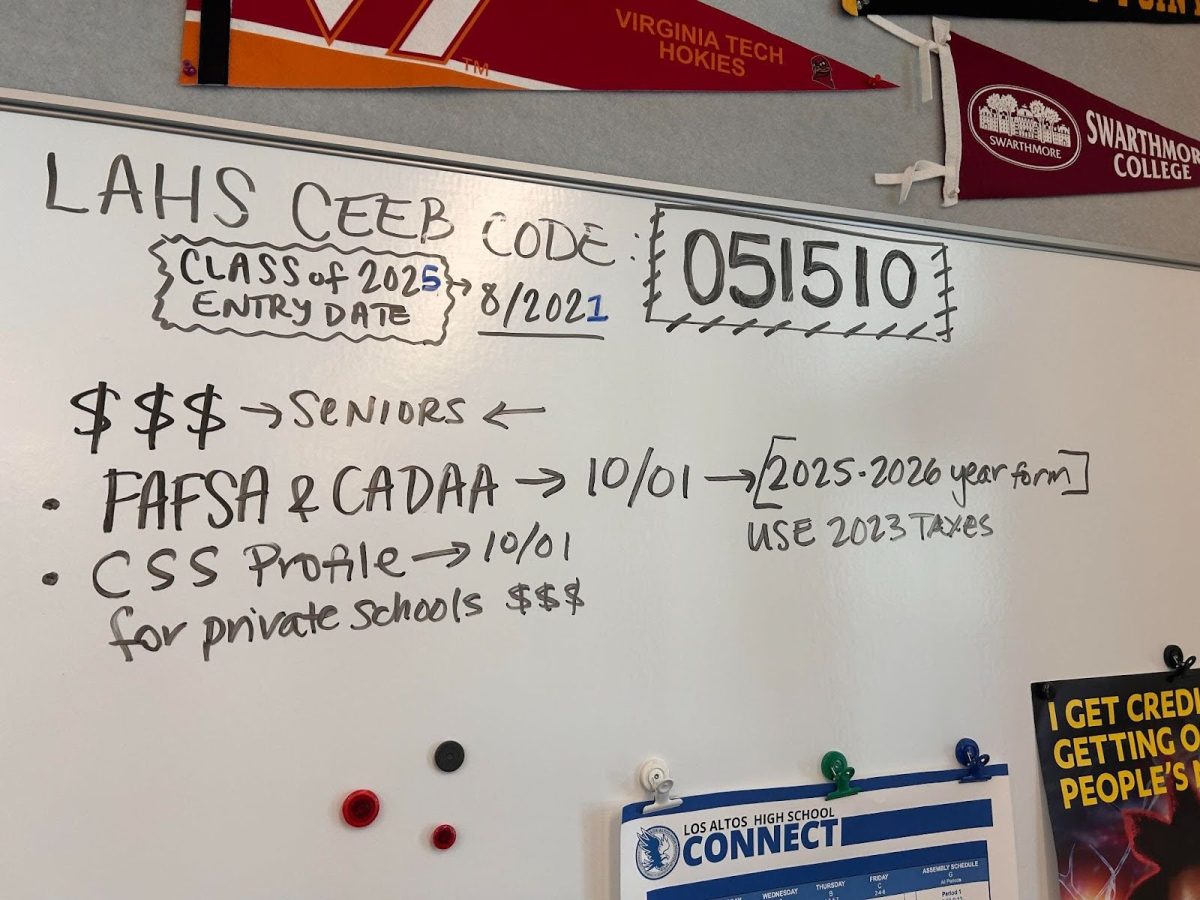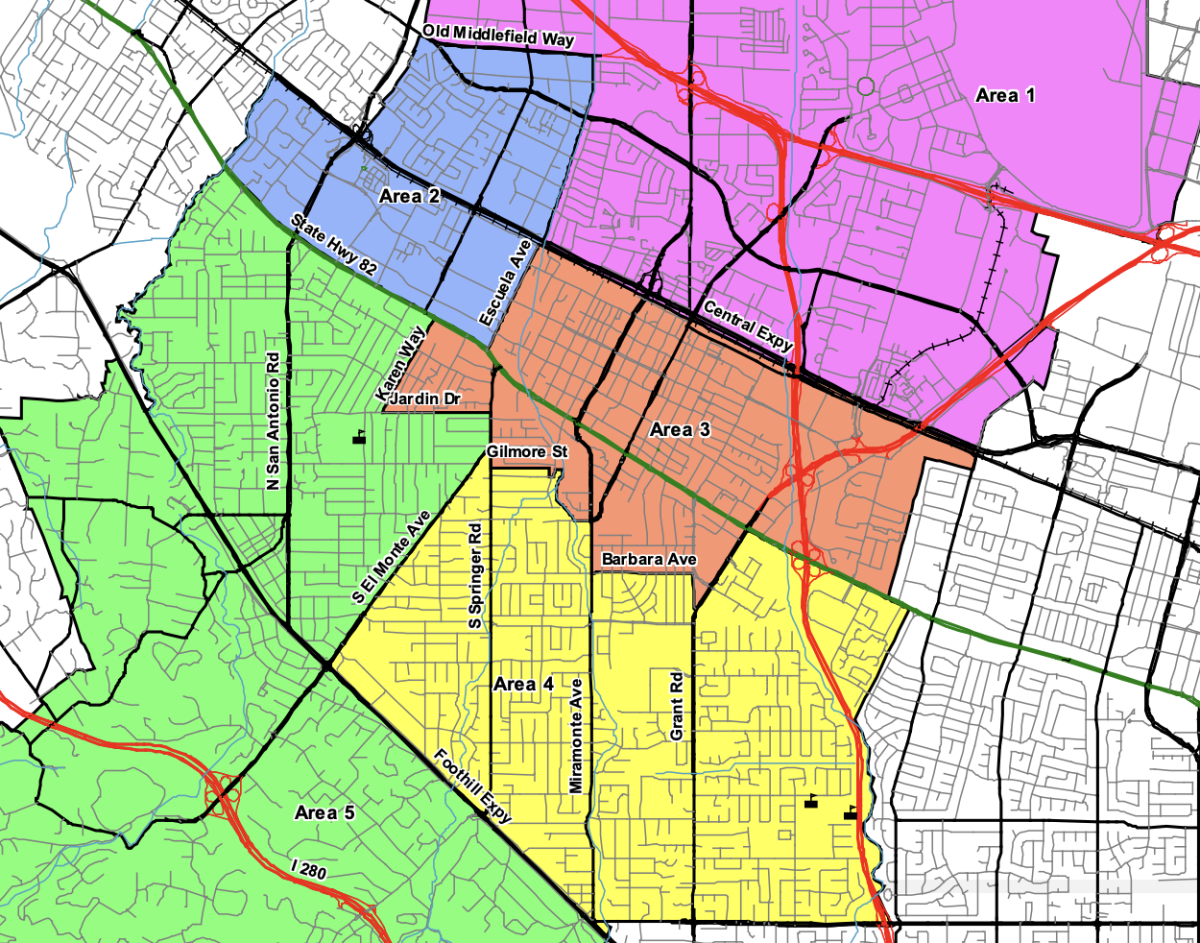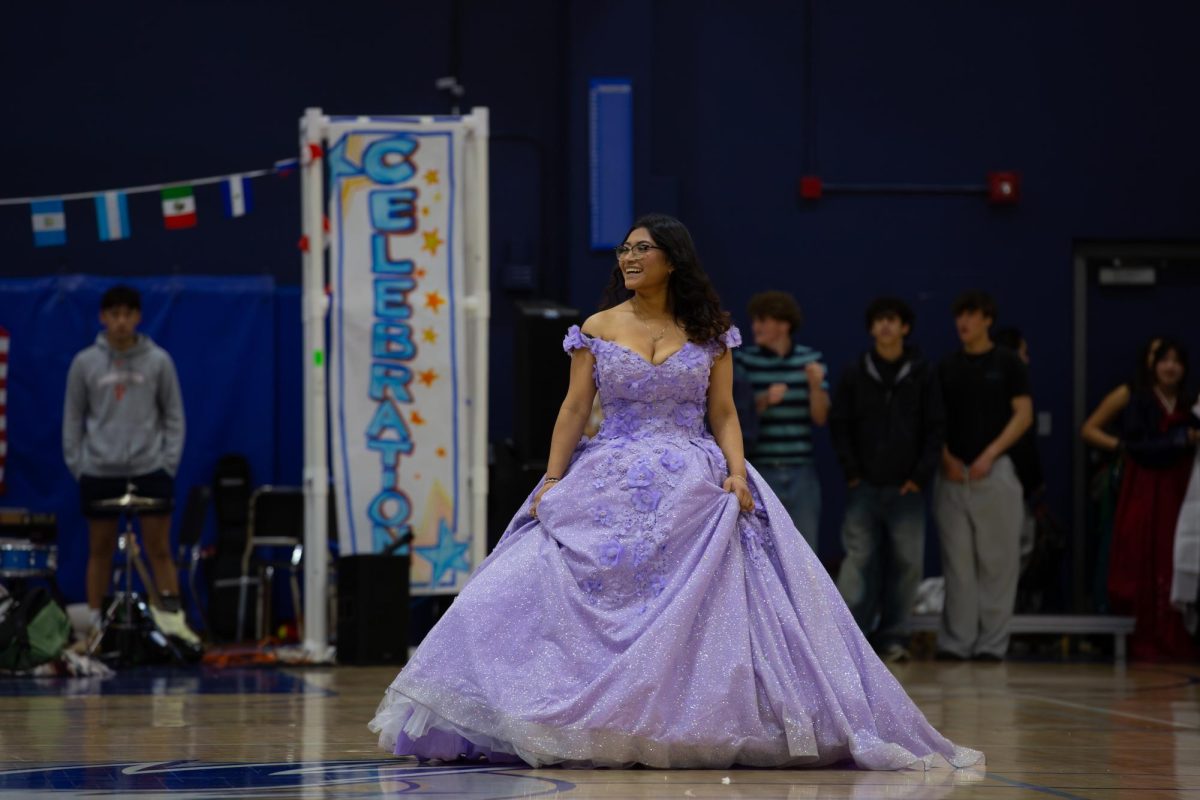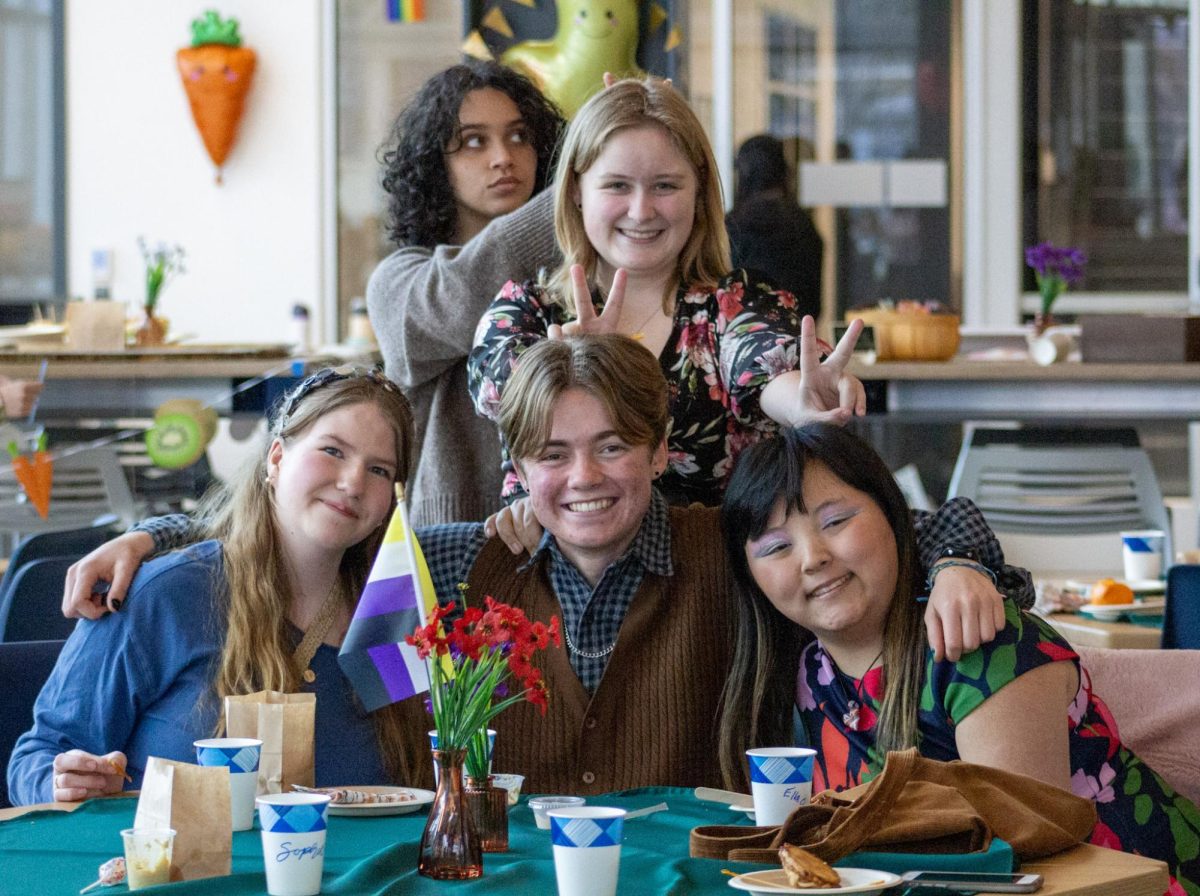The Students for Greener High Schools conference that Green Team hosted on November 9, at Google Headquarters in Mountain View possessed a unique quality: It was completely student-run. The conference, a brainchild of Green Team co-presidents seniors Sarah Jacobs and Wendy Wu, attracted 13 high schools and set a precedent for similar future conferences.
“[Sarah] and I found [that] other conferences run by adults but targeted towards teenagers were not very helpful,” Wendy said. “So we decided to host our own conference, by high schoolers, for high schoolers.”
With this spark of an idea, Sarah and Wendy began searching for a sponsor willing to host the conference. They had their eyes set on Google because of the company’s willingness to sponsor high school groups with a cause and its reputation as an environmentally friendly company.
“Everyone knows [that] Google is…a very prestigiously green company,” Wendy said. “If we were to say, ‘Come to this conference in our school cafeteria,’ I don’t think we would have gotten half the turn-out we got [when] we had said, ‘We’re going to be at Google’….[Hosting the conference at Google] just gave us more credibility.”
Four Google employees volunteered their time. However, the work for the club didn’t end there, as the entire structure of the conference had to be planned out by Green Team.
“Logistically, we found it was a lot more difficult than we had initially expected it to be,” Sarah said. “All the conference planning, the materials, all the presentations [had] to be taken care of by us.”
In addition to the location and planning, the conference lacked one other vital component: participants. Three weeks before the conference date, Green Team reached out to 22 high schools around the Bay Area who had an established green organization on campus and invited them to attend. Green representatives from 13 schools, including nearby Lynbrook, St. Francis, Gunn and Palo Alto high schools, attended.
“We thought if we could get 10, 15 schools out there, [then] we had succeeded past…any environmental conference we’d been to,” Sarah said.
The number of schools who responded positively emphasized the difference between an adult-run conference and one organized by high school students.
“It was a lot easier for us as a high school to [contact students] than for ACE [Alliance for Climate Education]…because we have friends, we have networks, we’re willing to be like ‘Poke. Can we talk to you?’” Sarah said. “And people responded.”
The conference kicked off with a game of Jeopardy to break the ice between participants. Topics centered around environmental issues such as global warming, pollution and energy as well as miscellaneous categories like America’s environmental track record.
Sarah and Wendy then transitioned the conference into a series of four presentations. St. Francis stepped up first, talking about the process and execution of installing a garden at their school. Though unsupportive at first, their administration quickly warmed up to the garden after its implementation, even going so far as to ask the green team members to give guided tours of it during open house night.
A student from Monta Vista followed St. Francis’, presenting her work on implementing a Walk or Wheel program at her school. Then Presentation High School discussed its participation in Project Green Challenge, a 30-day program during the month of October designed to motivate youth to sustain a more eco-conscious way of living. Finally, LAHS Green Team gave the last presentation on its Anything But Cars days and Earth Week.
“These presentations were just supposed to give these students a greater idea of what schools in the Bay Area were doing,” Sarah said. “And what a successful project looked like, and taking it through the beginning, middle and end of that project.”
Following the presentations, participants split off into their first focus group of 9 to 12 people, each with a specific topic of discussion.
“There were five groups…recycling, compost, water, community outreach/fundraising and overcoming issues,” Wendy said.
When schools RSVPed their attendance, each participant had filled out a form choosing their top three topics. With this compilation of information, Wendy assigned participants to two focus groups based on their stated preferences. Participants talked in one focus group for half an hour, took a lunch break where they networked over sandwiches and then got into a different second focus group where they discussed another topic.
“We had a few discussion questions to kind of guide the conversation, but it was really about expanding off of each others’ comments,” Wendy said. “It was…about, ‘How can we use the past to plan for future projects at other people’s schools?’”
Another trend that Wendy and Sarah noticed was that the overcoming issues group and the community outreach/fundraising group proved especially popular among schools that already had a well-established green team on campus. Schools that did not yet have a very strong green program gravitated towards the recycling, compost and water focus groups as they wanted to learn how to launch those programs.
“I felt like [the overcoming issues and community outreach/fundraising groups] were pretty well-liked by other green teams because we’ve all encountered issues and when we go to conferences, nobody ever tells us how to solve them,” Wendy said. “I’ve never gone to a conference where you can say, ‘What about this issue? What about that issue?,’ because you’re always going to have problems and issues with kids’ apathy [and] the administration. As for community outreach/fundraising, that’s always a good one because all clubs need [participation and funding].”
The Green Team took away several valuable lessons from the conference, chief among them being that student-run conferences can be just as helpful, if not even more so, than adult-run conferences.
“We don’t need adults to plan out all of our movements,” Sarah said. “Just getting a bunch of kids together in a room can be a viable solution and something that’s really valuable. People told us when they were leaving that it was the best conference that they’d ever been to.”
Wendy notes that the conference made her realize that there are other people out there who care just as much about the future of Earth as Green Team members do.
“I haven’t been very optimistic about high schools’ outreach, because I just haven’t felt like the high school audience is very responsive,” Wendy said. “Whereas, you go to this [green] conference, and you have 60 kids who are all interested in the same things as you are, who are all trying to get the same things done.”
As such, Green Team’s hard work and the participants’ genuine interest combined to create a memorable green conference that not only attained its goal of being educational and useful but also blazed a trail for other future student-run conferences to follow.
“[The conference] accomplished everything we wanted it to accomplish, and that was [for participants] to not really learn from the organizers of the conference but learn from each other,” Sarah said. “And they did that through the presentations, through the breakout groups, even through the networking time where we just let them eat sandwiches and talk to each other. Everyone…said they learned a lot.”



